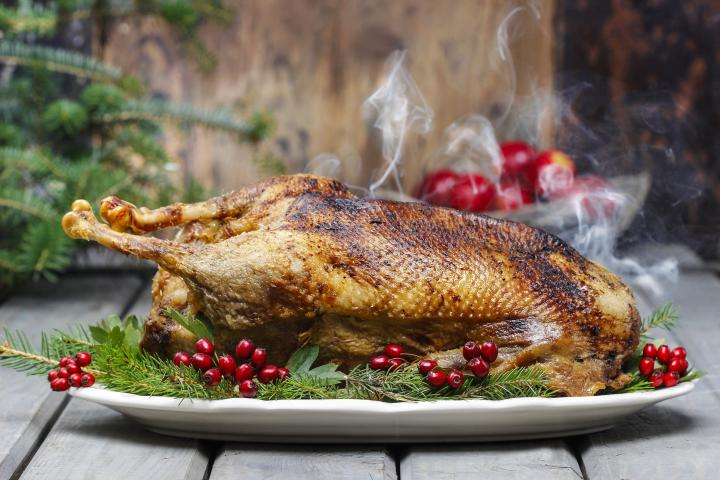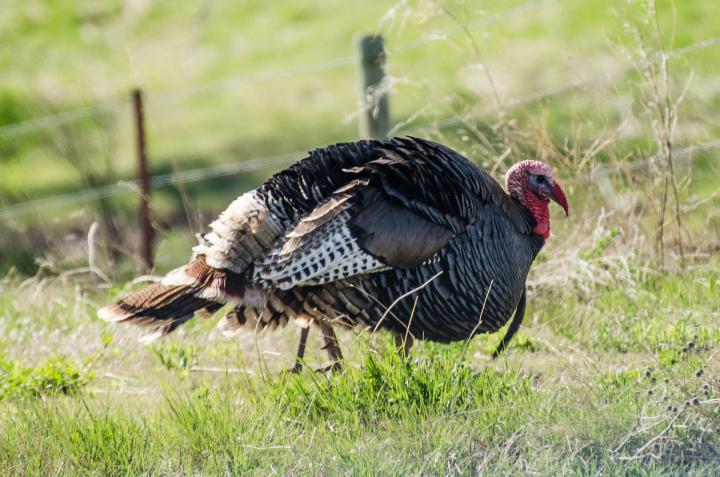
Photo Credit
Brent Hofacker/Shutterstock
Subhead
Thanksgiving Foods Then and Now: Pilgrim Meals vs Modern Traditions
1st Thanksgiving: Dec. 4, 1619 At Berkley's 100 on the banks of the James River in what is now Charles City Co. VA. The property became Berkley pantation, home of the Royal Governor and is currently open to the public. The bugle piece Taps was also penned on that same property during the Civil War.
Wow, Almanac! Thanksgiving turkey history? Who knew? Makes me even hungrier! If you are interested in knowing more about this topic, I suggest you check this page. Thanks! https://menuwars.com/food-blog/why-do-we-eat-turkey-for-thanksgiving/
Email—digitallightsolution@qualityservice.com
Telegram —digitallightsolution
Website. https://digitallightsolution.com/
In the world of digital money, losing bitcoin feels like a nightmare. When passwords vanish, devices break, or hackers strike - things go south fast. This is when DIGITAL LIGHT SOLUTION steps in. Known for reliability, this tool gives hope back to users locked out of their precious crypto holdings. This piece checks out what DIGITAL LIGHT SOLUTION does well, while also looking at what happens if you lose bitcoin. It digs into why having a solid backup plan matters - using real stories from people who’ve tried it. On top of that, there’s practical advice to keep your coins safe going forward. Stick around to learn how this tool helps bitcoin holders sleep better at night. Think of DIGITAL LIGHT SOLUTION as the go-to helper next door when your crypto goes missing. When you lose your cryptocurrency, it hits hard - like finding out too late that something priceless slipped through your fingers. That’s when this team steps up, offering real help without drama or hype. Losing bitcoin? Imagine tossing away cash without realizing it until later. The pain sticks around longer than expected. Getting those coins back matters - not just for money, but peace of mind. This crew treats digital wallets like family heirlooms, not random files. They don’t waste time with empty promises; action speaks louder here. Their team has proven their capability and dedication to helping individuals like us in dire circumstances. Their services extend beyond mere recovery; they offer peace of mind and a pathway to regain control in the face of financial fraud. DIGITAL LIGHT SOLUTION Contact Information above
I (a carnivore) am sitting here on my porch, watching my horses (herbivores) eat their breakfast. As I wait, I read all of your interesting, informative and quite entertaining comments! I eat meat. There, I said it. It's out in the open. I however do not care for the way animals are commercially slaughtered, and I do not hunt or fish. I eat meat as long as someone else kills it. That makes me a Meat-Hypocrite (I love that term!) I need meat in my diet.
A great yogi, Paramahansa Yogananda, once said that the way to tell if a mammal is a carnivore, omnivore (meat and plants) or herbivore is by the length of its digestive tract. The longest digestive tracts are found in herbivores because they need the extra length to provide the extra time needed to digest the fiber in plant materials. Carnivores have shorter digestive tracks because less time is required to digest meat proteins. Dentition also plays a factor. Humans have teeth designed to tear meat as well as to grind plant fiber. That makes us omnivores.
God gave us free choice to decide to eat as we wish because he loves us and wants us to be happy!
yes we understand, but that does not mean eating meat it right. also god gave us the DECISION so that does not mean people have to eat meat. also, how do you know god is a real thing. have you seen him??
Hi Anna, yes, people can choose their diet. However, as a species, Homo sapiens sapiens ( sorry I couldn't italicize the name here), humans are classified as omnivores. In short,our bodies are built for consuming both meat and plants. I have many people close to me who are vegetarian or vegan. I respect their diet choice, and they don't criticize.
As far as I know potatoes were brought to Europe from America, so probably the pilgrims didn’t discovered them yet?
I believe you mean 1621 not 1961, when referring to the meal served. :)
I am vegan and blood donor.. my blood is very good us the Red Cross says… we don’t need to eat animals… I respect they life’s.. the people on the world will be healthier… when no animals on the table.. let’s think about that.. help the planet
- « Previous
- 1
- 2
- …
- 10
- Next »












Comments